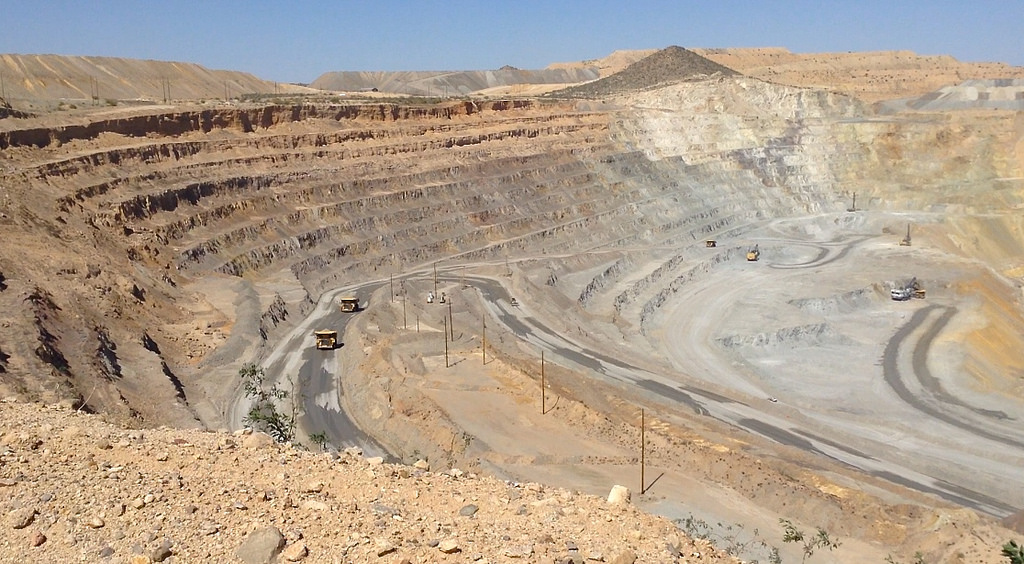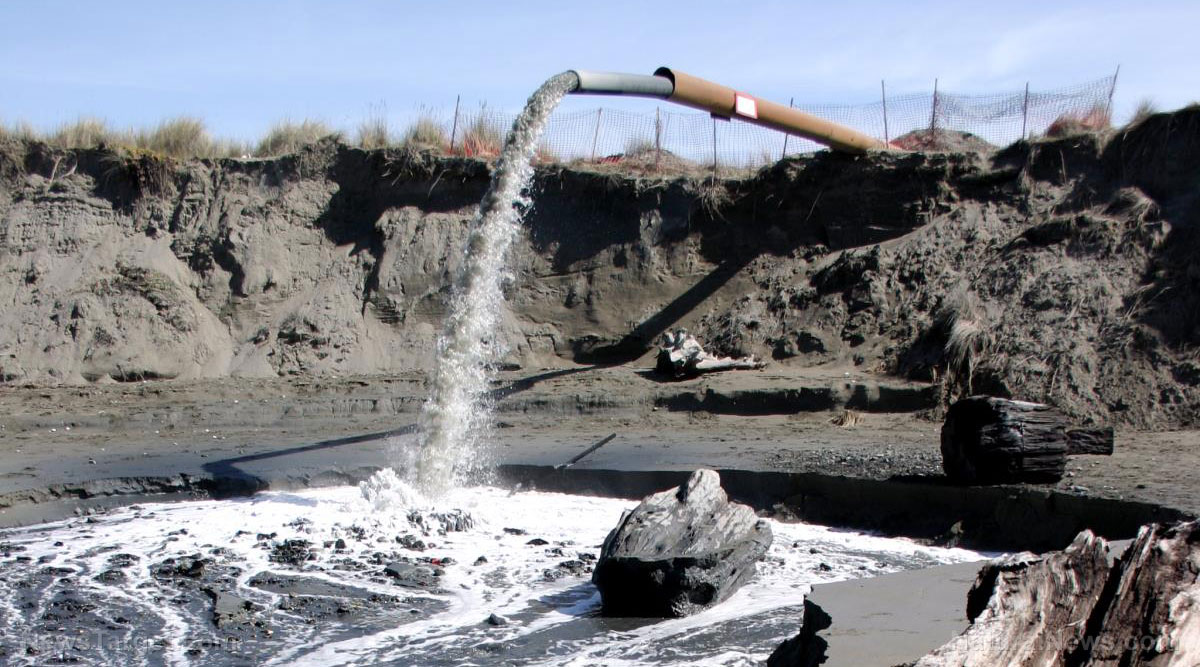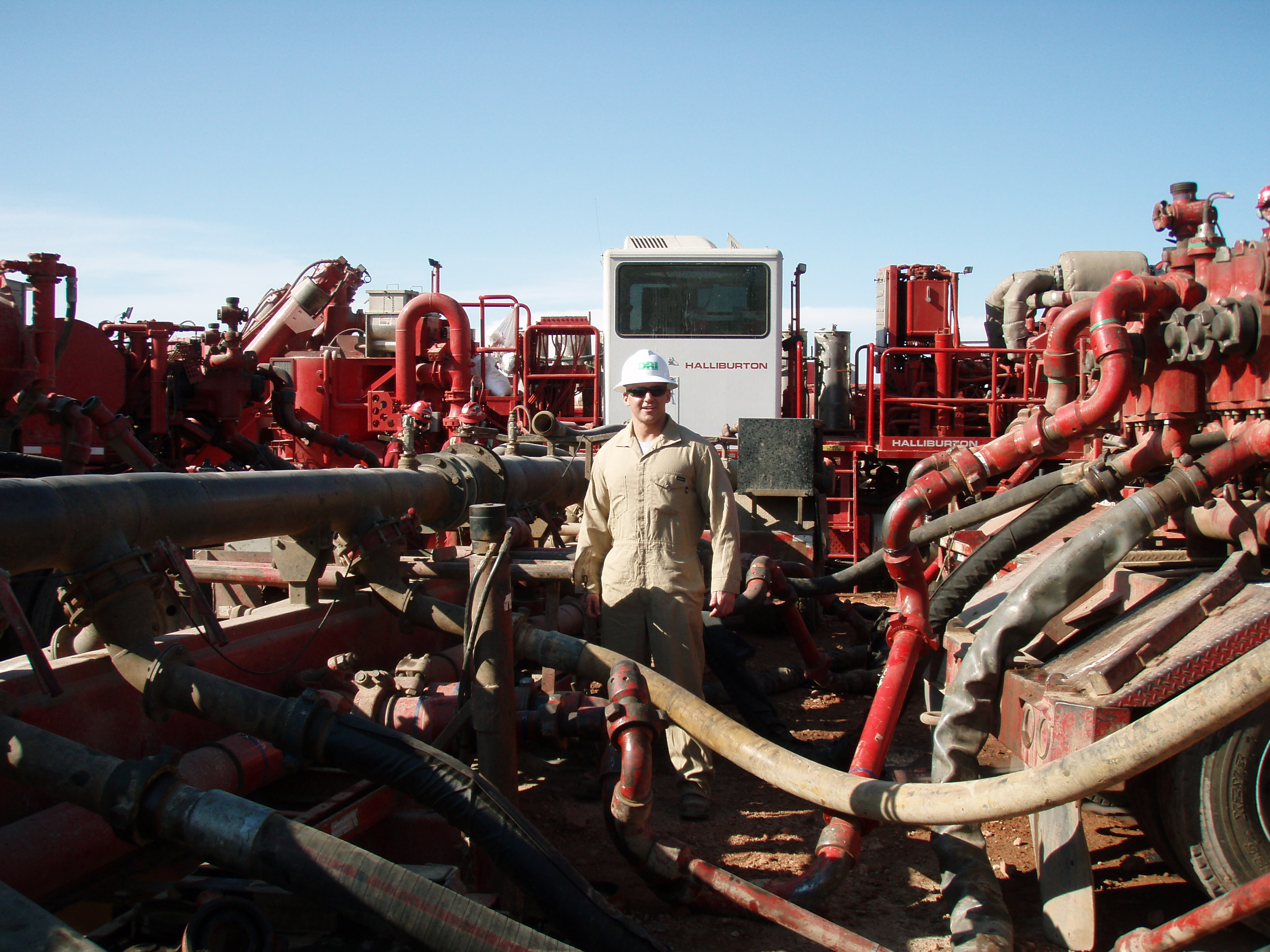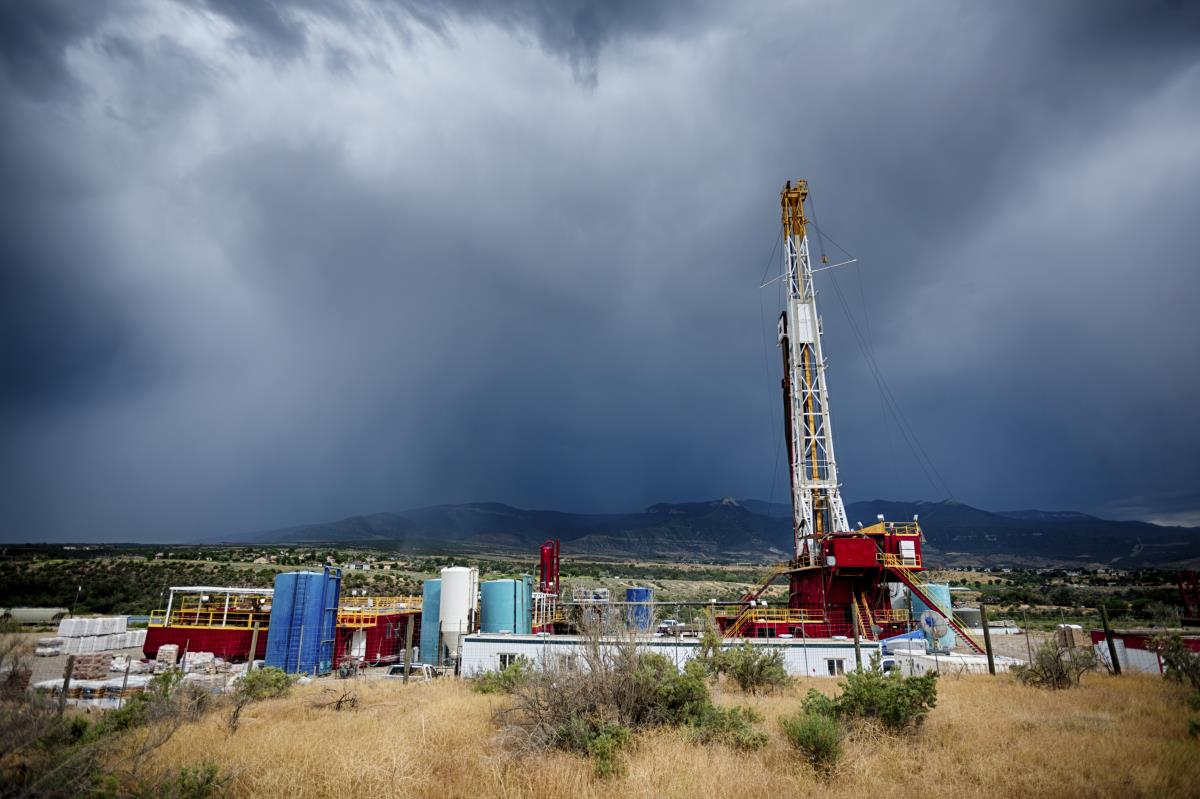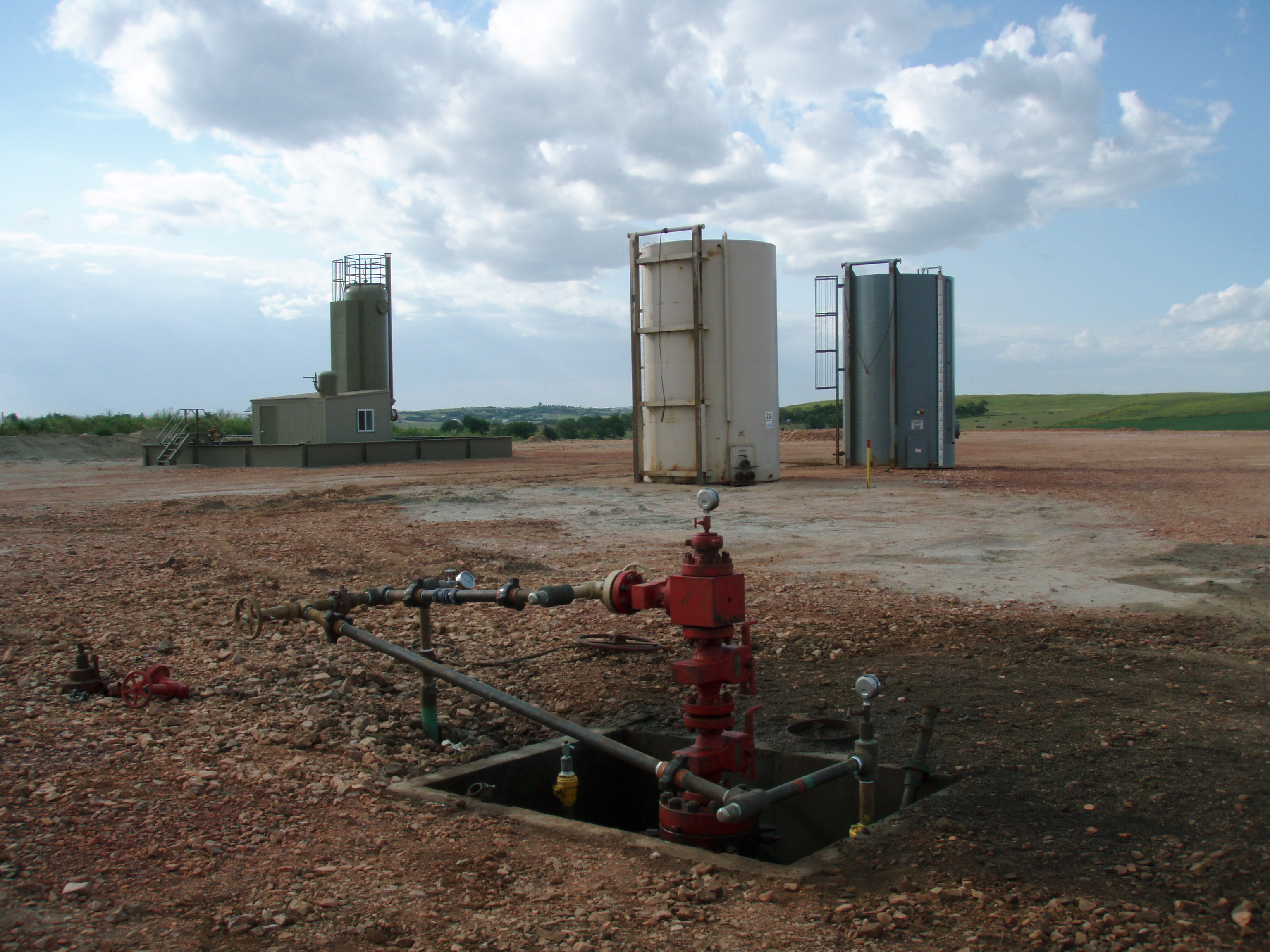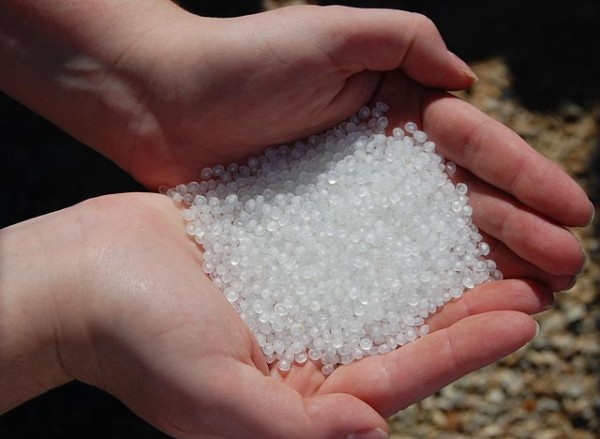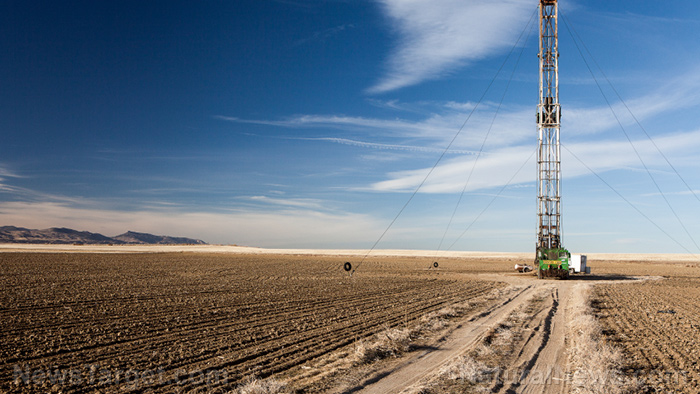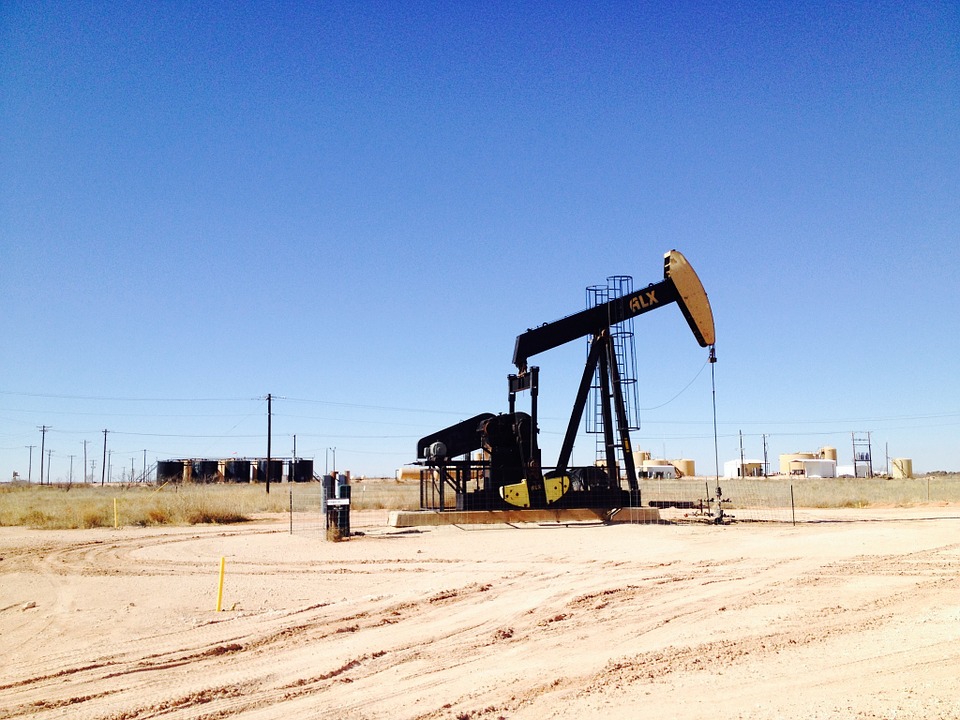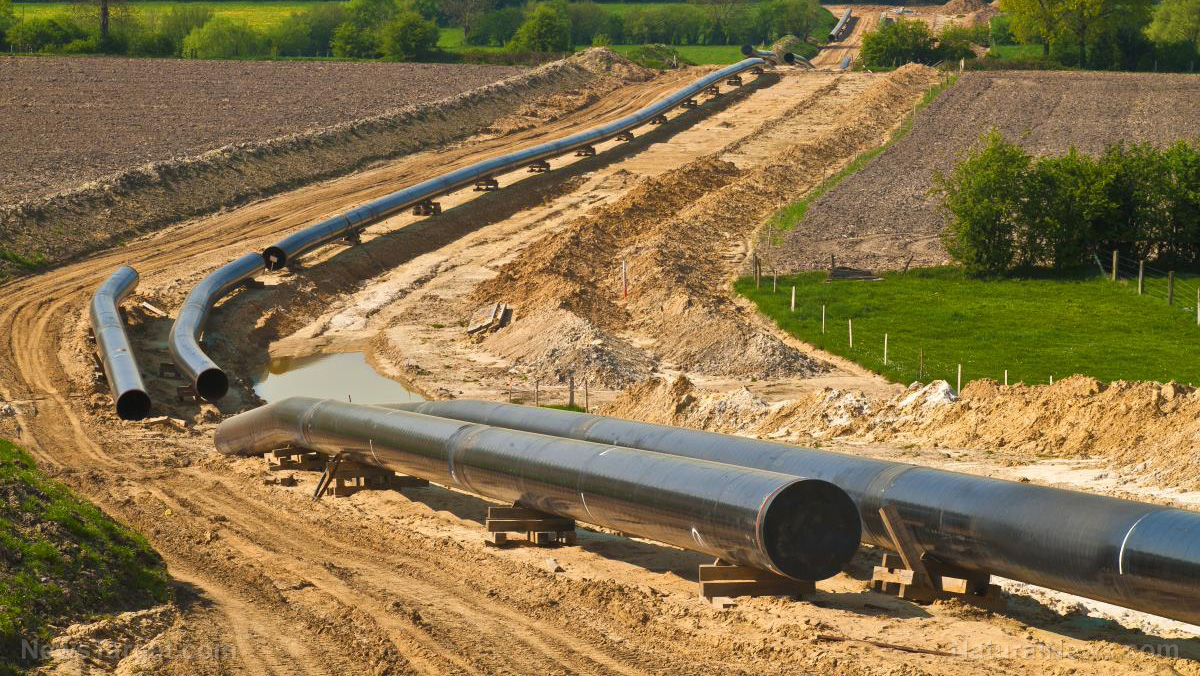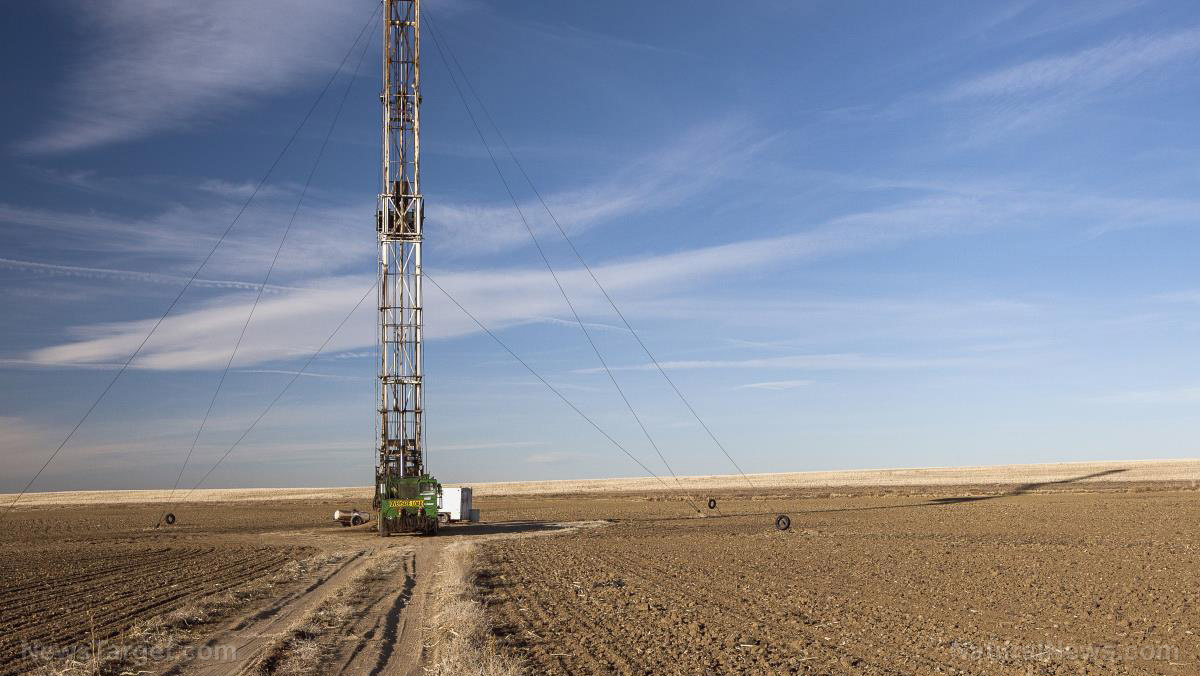Study: South Korea’s largest earthquake was likely triggered by geothermal fracking
06/19/2018 / By Edsel Cook
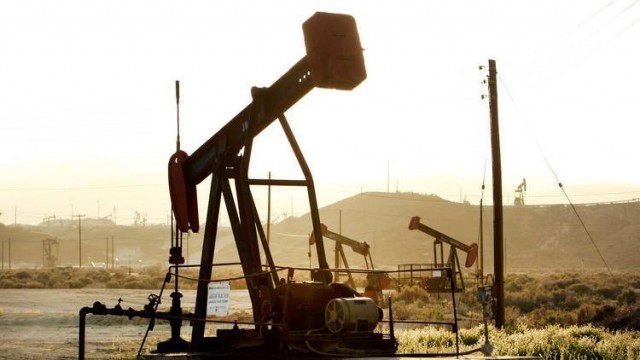
Two separate studies have suggested that hydraulic fracking is the likeliest cause behind South Korea’s worst earthquake. An Eco Watch article shared the studies’ findings linking a fracking operation for a local geothermal power plant to the 2017 Pohang earthquake.
In November 15 of that year, a massive earthquake struck the southern port of Pohang. It was the second biggest quake ever experienced in South Korea, being tied with the earlier one that hit Gyeongju province in 2016.
It was also the most destructive. The quake ruined much of Pohang, caused dozens of injuries, and destroyed the homes of 1,500 families.
Hydraulic fracking is a process where a high-pressure fluid is injected deep underground. The liquid causes rock to fracture so that other liquids can pass through the broken rock with greater ease.
Fracking is used not just for freeing deep pockets of oil and natural gas for exploitation by the petroleum industry. It is also used to improve the circulation of heat in geothermal power systems. (Related: Evidence that the Geothermal Plant in Hawaii secretly uses fracking techniques to induce earthquakes; And what about the Hilina Slump?)
South Korean and international researchers say fracking may have caused Pohang quake
The first study was conducted by South Korean researchers. They looked up geological and geophysical data in Pohang, including the newly-built enhanced geothermal system (EGS) near the city.
Geothermal power plants harness the heat from natural sources to generate electricity. Enhanced versions use fracking techniques to access underground heat sources that cannot be accessed by conventional geothermal systems. The EGS near Pohang is the first such facility in South Korea.
The Pusan National University study suggests that fracking fluid used in the site reached an unknown fault zone that was under severe stress. The high-pressure water served as grease for the fault. When the fault slipped, it set off the earthquake.
The second study was a joint effort between the University of Glasgow (Glasgow) in Scotland, ETH-Zurich in Switzerland, and GFZ-Potsdam in Germany. It tracked down the earthquake’s mainshock and biggest aftershock to within a mile or so of the geothermal site.
The European researchers further reported that the mainshock and the 46 aftershocks scattered throughout the latter half of November took place 1.9 to 4.3 miles underground. Previous earthquakes in the area around Pohang originated in much deeper regions.
“It would be a very remarkable coincidence if this earthquake were to be unrelated to the activity at the site, given that it occurred so close to it,” said Robert Westaway of Glasgow, who served as one of the co-authors of the tri-university study. “My own personal view is that it is highly likely there is a connection.”
Fracking operations in North America could be linked to recent local earthquakes
Oil and gas-related fracking have been linked to man-made earthquakes in other regions of the world. The big 2016 earthquake in northern Alberta was traced to fracking operations in that Canadian province.
Meanwhile, Oklahoma is still reeling from a swarm of earthquakes that are also attributed to fracking. In this case, the injected liquid is wastewater from the extraction of fossil fuels stored underground.
These and other studies undermine the reputation of geothermal energy as a clean source of renewable energy. According to the findings of various researchers, seismic activity results from deep drilling operations that seek to exploit the Earth for energy, be it for heat or for oil and natural gas.
The earthshaking side effects of enhanced geothermal systems – which drill deep boreholes to reach subterranean hot spots for fracking and exploitation – is starting to make geothermal energy a hotbed of concern.
Find out how fracking operations might be causing the Earth to tremble at FrackingWatch.news.
Sources include:
Tagged Under: earthquake, enhanced geothermal system, fracking, fracking methods, fracking wastewater, geothermal fracking, geothermal power, geothermal power plant, Hydraulic fracking, South Korea earthquake

